Male Rhinoplasty In Boise, ID
Defining the Attractive Male Nose
Price Range: $6,500 – $7,500
Average Procedure Time: 3 hours
Recovery Time: 1 week
Introduction
Male Rhinoplasty
While beauty is subjective, certain features are often considered key to an attractive male nose. A well-balanced male nose should harmonize with the masculine face while avoiding extremes in size or shape. A straight and strong nasal bridge is typically seen as masculine. In addition, the male nose should project in a straight line parallel to the ground and never upturned.
In male rhinoplasty, a slightly wider yet well-defined nasal tip is often preferred, lending a strong, rugged appearance. The structure itself is usually more robust, with a broader base, projecting strength and confidence.
Dr. Gray understands these distinctive anatomical traits and uses his refined aesthetic expertise to craft personalized rhinoplasty plans that enhance each individual’s unique features.
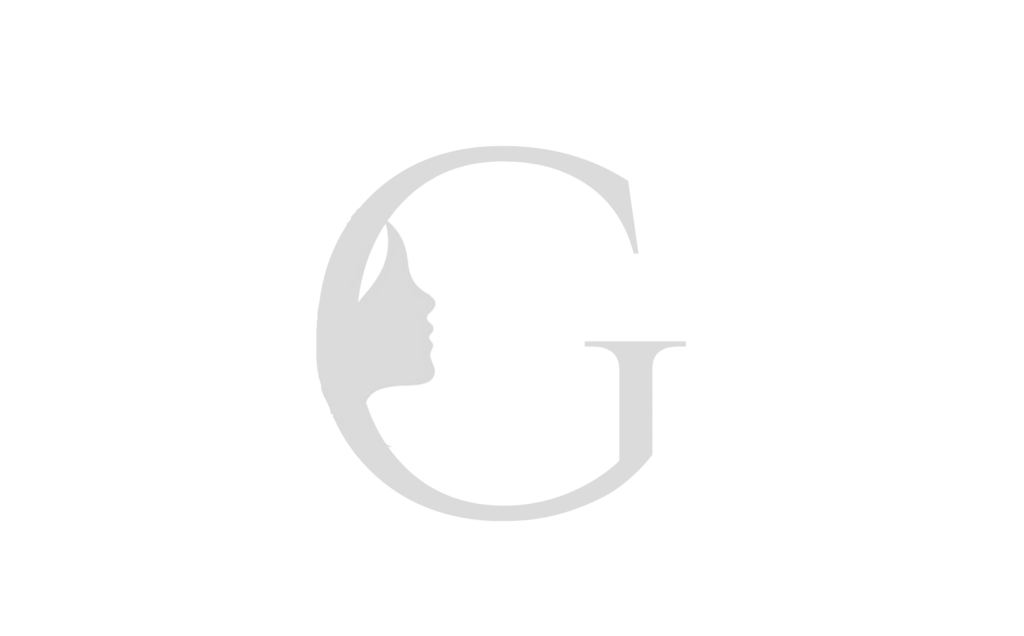
How is Rhinoplasty Performed?
Dr. Gray performs rhinoplasty in Boise under general anesthesia for optimal patient comfort and safety.
In the majority of rhinoplasty cases, Dr. Gray uses advanced “open” techniques. This does require a small incision beneath the nose, allowing for access to the nasal framework that forms the shape of the nose. The “structure” technique means that we are not simply removing things from the nose. Rather, Dr. Gray’s facial plastic surgery background emphasizes re-shaping, re-orienting, and supporting the nasal framework. This is critical for the best long-term functional and aesthetic result. The resultant scar is typically imperceptible within three months for the vast majority of patients.
A crucial component of successful rhinoplasty is a thorough septoplasty. By straightening the septum, we create the foundation for a straight, symmetric nose. Any existing humps are carefully removed, and the nasal bones shifted using surgical tools.
To refine the nasal tip, we employ strong cartilage grafts, reshaping and reorienting existing tissue without the need for removal.
Following surgery, an external nasal compressive dressing and cast is applied to support the bones and help with nasal swelling. These are removed during a follow-up visit one week later.
Gallery
Before & After Photos →How Much Does Rhinoplasty Cost in Boise, ID?
The cost of a Cosmetic Rhinoplasty in Boise, Idaho by Dr. Gray ranges from $6,500 to $7,500. The price is widely determined by the rhinoplasty techniques that Dr. Gray uses and the degree of changes necessary to meet your aesthetic goals. Dr. Gray’s pricing includes surgeon fees; however, facility and anesthesia fees can be variable.
The best way to find out how much it will cost for you is to come in for a personalized visit and let Dr. Gray create your surgical plan once an in-depth consultation process is complete.
Dr. Gray uses standardized photography and imaging software to create a simulation of a realistic rhinoplasty result. Once a treatment plan is agreed upon, our team will be able to provide a detailed quote detailing the price breakdown for your procedure and offer financing options where appropriate.

Trust your nose to a Facial Plastic Surgeon
Why choose Dr. Gray for your rhinoplasty?
Choosing a qualified facial plastic surgeon is critical for excellent results. Given that Rhinoplasty is considered one of the most challenging facial plastic surgeries, it is imperative that you make an informed decision.
At Gray Facial Plastic Surgery, we take a specialized approach that sets us apart. While many plastic surgery practices offer procedures for the entire body, we focus exclusively on one area: the face. We believe that this singular, undistracted focus allows for true mastery of the field.
In the U.S., general plastic surgeons who offer rhinoplasty are certified by the American Board of Plastic Surgery, while facial plastic surgeons are certified by the American Board of Facial Plastic and Reconstructive Surgery, which reflects a difference in specialized training. Facial Plastic Surgeons spend their entirety of their training on the face, nose, and neck.
Dr. Gray is one of the only Fellowship-trained Facial Plastic and Reconstructive Surgeons in Idaho with dual training in Otolaryngology – Head and Neck Surgery (ENT). This training pathway allows for the highest level of specialization regarding both the functional and cosmetic aspects of nasal surgery.
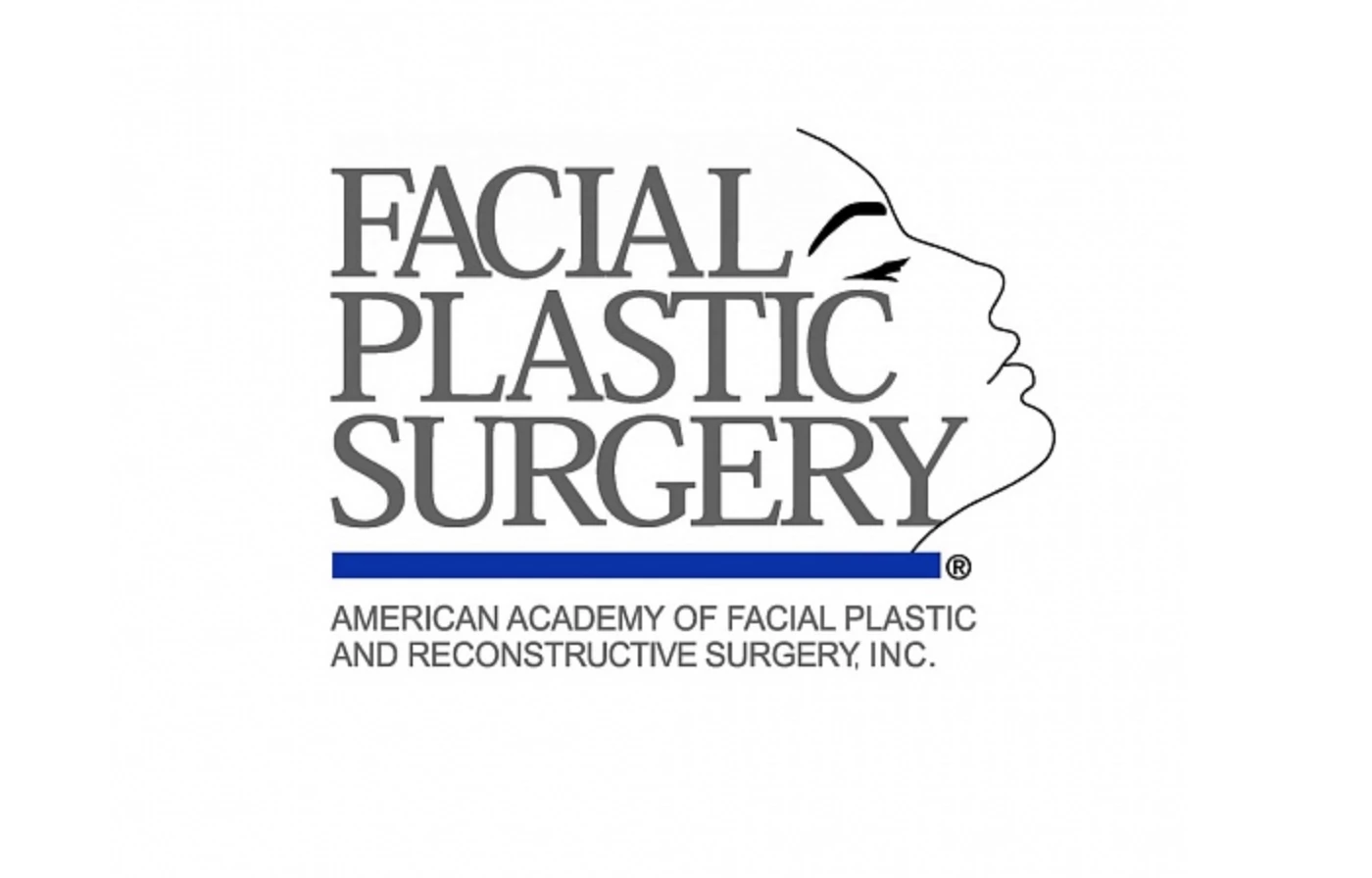
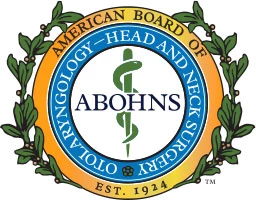
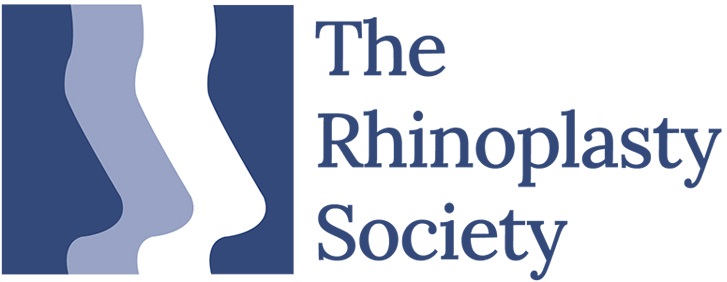
MALE RHINOPLASTY FAQs
Individuals aged 16 and older, including both adults and teenagers, may be suitable candidates for rhinoplasty in Boise. It’s essential that facial growth and maturity are fully complete. If you’re dissatisfied with the appearance of your nose and have specific concerns you’d like to address, enhance, or correct, this procedure could be an appropriate option.
Ideal candidates for a Rhinoplasty should:
- Be in good physical health
- Have no serious medical conditions
- Be non-smokers
- Maintain realistic expectations about the results of the procedure
Rhinoplasty can:
- Enhance facial symmetry and balance
- Create a nose that harmonizes with your other features
- Draw attention to your eyes and smile
- Smooth out bumps, depressions, and other irregularities
- Improve breathing and optimize airflow
- Elevate your overall quality of life
- Boost self-confidence and self-image
Risks associated with rhinoplasty surgery include breathing difficulty, infection, scarring, nosebleeds, septal perforation, asymmetry, or poor cosmetic results. Always make sure to find a board-certified surgeon who specializes in rhinoplasty to minimize the risk of poor outcomes.
Primary Rhinoplasty (“Cosmetic Rhinoplasty”):
Primary rhinoplasty refers to the original (or first-time) rhinoplasty. As rhinoplasty is a complex and detailed procedure with every patient having unique anatomy, the best opportunity for perfect results is during primary rhinoplasty. In subsequent (or revision) rhinoplasty surgery, the scar tissue and work done during previous surgery significantly complicates the procedure.
Revision Rhinoplasty:
Revision rhinoplasty is a procedure to correct unsatisfactory results from a previous rhinoplasty. This surgery is more complex due to the altered anatomy caused by scar tissue and prior surgical manipulation. Additional support grafts are often needed to stabilize the nose, which can be taken from the ear (conchal grafts) or the rib (chondral grafts). Dr. Gray is one of the few rhinoplasty experts in Idaho who performs rib cartilage grafting for major revision cases.
Functional Rhinoplasty:
A patient may present with nose issues regarding breathing or trauma. When a patient undergoes rhinoplasty with a history of problems with breathing or due to injury to the nose, it is considered a functional rhinoplasty.
Open Rhinoplasty:
Favored by Facial Plastic Surgeons who practice “open structure” techniques.
Open Rhinoplasty involves a small incision, about 5-6 mm wide, placed under the nose between the nostrils. This allows the skin and soft tissue to be lifted off the underlying cartilage and bone, providing a full view of the nasal structures. This technique is ideal for major rhinoplasty procedures as it offers excellent visibility for precise results, minimizing the risk of errors. Dr. Gray prefers to use this method in his surgeries. While some patients worry about scarring, the incision is typically placed so that the scar becomes virtually unnoticeable after healing.
Closed Rhinoplasty:
Favored by General Plastic Surgeons who practice “reductive rhinoplasty” techniques.
A closed rhinoplasty, or “scarless” rhinoplasty has no external nasal scar, as incisions are behind the nostrils inside the nose.
However, surgeons have less visibility with a closed rhinoplasty. That means the changes are more limited, and not as much delicate work can be achieved. True structure of the nose cannot be addressed. In addition, the incisions and “under the hood cartilage removal” in a closed rhinoplasty can make the structure of the nose weaker.
Dr. Gray believes in complete transparency with procedure pricing. Dr. Gray’s cosmetic rhinoplasty fee is located on our Procedure Pricing Page.
Dr. Gray’s pricing for cosmetic procedures listed include facility fees, anesthesia fees, surgeon fees, and all preop and postoperative care.
Patients typically recover from a Rhinoplasty in 2 weeks, with average social downtime 7-10 days.
The final result of a Rhinoplasty can take up to 12 months. It is important to understand this and be mentally prepared prior to making this decision.
Surgery Day:
You’ll arrive at surgical center in the morning for check-in. After your nose surgery, a small cast will be placed on your nose. You’ll rest in the recovery area and go home the same day. Cold compresses, head elevation, and rest are important for the first evening.
1 Day Later:
You may experience some swelling or bruising around your nose, though most patients report little to no pain, managed with Tylenol. A small amount of prescription pain medication is provided just in case. Take it easy for the week, avoid exertion, and use saline spray frequently.
1 Week Later:
During your post-op check-up with Dr. Gray, the cast and will be removed. Most patients are ready to resume normal social and work activities, though mild congestion and internal swelling may still feel like a head cold.
2 Weeks Later:
Swelling and bruising are nearly gone, and the incision under your nose is barely noticeable. A small amount of overall swelling may still be present.
1 Month Later:
The post-surgical period is almost over, and the results are becoming clearer, though some residual swelling persists and may fluctuate from day to day.
3 Months Later:
Swelling is steadily decreasing, especially at the bridge of the nose, which appears more refined. By now, you’ve adjusted to your new nose.
Cosmetic Rhinoplasty is not covered by insurance.
Financing is available for rhinoplasty. Please contact the office for more information.
Functional (for nasal breathing) Rhinoplasty can be covered by insurance; however, it is unpredictable how much an any insurance plan will cover outright, and they typically require prior authorization, submission of photographs, and documentation of nasal trauma or nasal obstruction that fails medical management.
For select patients with a desire for cosmetic changes AND also have functional nasal issues/breathing difficulty, it is possible to request insurance for a portion of the surgery and a quote can be provided for the cosmetic portion of the case.
Schedule a consultation to review options.
Patient Reviews
"Choosing Dr. Gray for my rhinoplasty was one of the best decisions I’ve ever made. From my initial consultation to the final result, Dr. Gray and his team made me feel comfortable and confident every step of the way. I was always self-conscious about my nose, but Dr. Gray listened to all of my concerns and crafted a plan that suited my facial features perfectly. The results are beyond what I could have imagined—my nose looks natural, balanced, and I finally feel like the best version of myself. The entire experience was smooth, and the recovery was faster than I expected. I can’t thank Dr. Gray enough for his expertise and care!"
"I couldn’t be happier with my facelift experience with Dr. Gray. From the moment I met him, I knew I was in great hands. He truly listened to my goals and concerns, and his attention to detail was incredible. The results are beyond what I expected—my face looks rejuvenated, youthful, and completely natural. Dr. Gray’s skill and artistry have given me a fresh, lifted appearance without looking overdone. The entire process, from consultation to recovery, was seamless, and his team was supportive every step of the way. I feel more confident than ever, and I’m so grateful to Dr. Gray for helping me feel like myself again!"
"I’m absolutely thrilled with the results of my scar revision surgery with Dr. Gray. For years, I was self-conscious about a large facial scar that never seemed to fade. From the first consultation, Dr. Gray was compassionate and knowledgeable, explaining every step of the process and setting realistic expectations. The procedure went smoothly, and the results are better than I could have imagined. The scar is now barely noticeable, and my confidence has been completely restored. Dr. Gray’s precision and expertise truly made all the difference. I can’t thank him enough for giving me back my confidence!"
